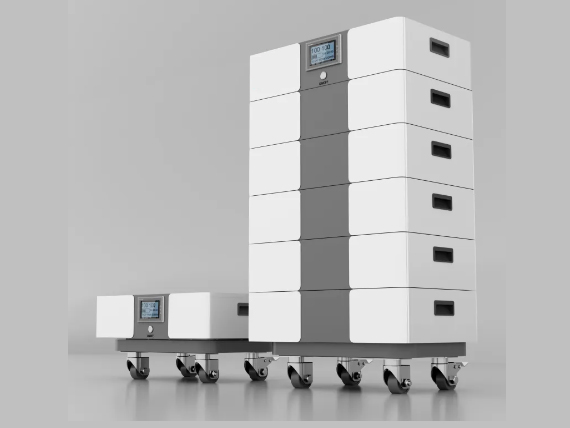Solar inverters: Unlock the full potential of solar systems

The Role of Solar Inverters
Types of Solar Inverters
String Inverters: These connect multiple solar panels in series and convert the collective DC power to AC. They are cost-effective, especially in systems with minimal shading issues .
Microinverters: Attached individually to each solar panel, microinverters optimize the power output of each panel, ensuring that the performance of one does not affect others. They are ideal for systems with complex shading or those requiring future expansion .
Central Inverters: Typically used in large-scale commercial or industrial installations, central inverters handle high voltage and power levels, making them suitable for utility-scale solar farms .
Hybrid Inverters: Combining features of grid-tied and battery inverters, hybrid inverters offer MPPT technology, grid-tie capabilities, and advanced software features for load management and energy storage .
Choosing the Right Solar Inverter
System Size and Compatibility: Ensure the inverter's capacity matches the system's maximum energy production to prevent power loss .
Efficiency and Performance: Look for high-efficiency ratings, which are crucial for minimizing electricity loss over time. Inverters with peak efficiency ratings of 90-95% are generally considered high-quality .
Cost and Budget: Inverter costs vary significantly based on type and features. Microinverters, for example, tend to be more expensive upfront than string inverters .
Warranty and Reliability: A long warranty period, such as 25 years for microinverters, is desirable, but also consider the brand's customer service reputation .
